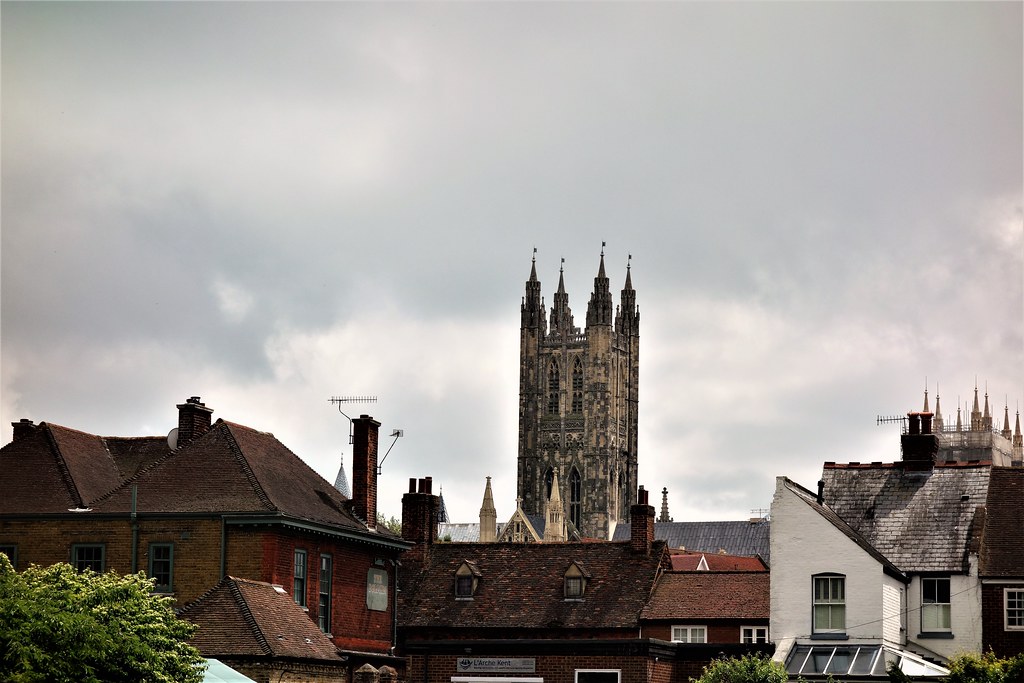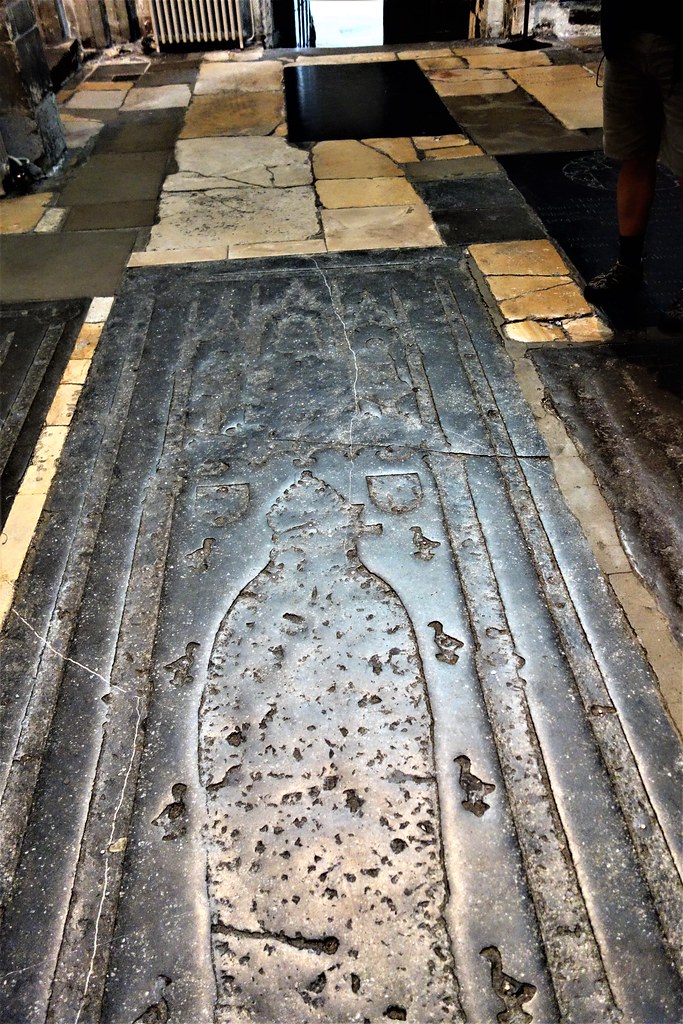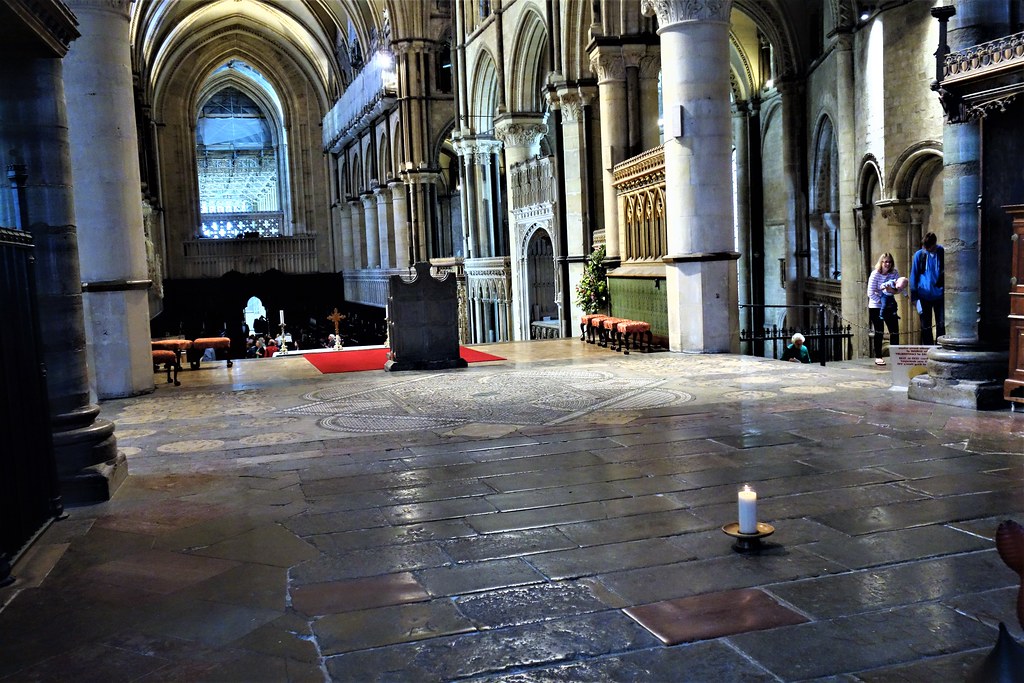Canterbury, England
This evening, I am posting information on Canterbury, a historic English cathedral city which is located about sixty three miles S.E. of London. The settlement can be traced back to Roman times but the name is a blend of ancient Celtic and Old English. In AD 900 the name was Cantwaraburg which translates as 'Stronghold or fortified town of the people of Kent'. (Kent is a county which was settled by Scandinavian peoples in the 5th century following the collapse of Roman power in Britain.)
The focus of this post is a one day visit with emphasis on the famous Cathedral, the centre of Anglican (Episcopalian) Christianity.
Information on Canterbury Cathedral
This is the centre of the worldwide Anglican Communion. As a place of Christian worship the site dates from AD 597 when the king of Kent was converted to Christianity and Augustine consecrated as Archbishop. Since that time the Cathedral has been the seats of successive Archbishops of Canterbury.
The visit on which this post is based coincided with extensive repair work as a consequence of which the exterior was covered in scaffolding this militating against exterior photographs.
The cathedral incorporates various architectural styles including Norman, Perpendicular Gothic and Romanesque. The building dates from the post conquest 11th century. Key aspects of the Cathedral are:
- The Nave. Here can be found the marble font dating from 1639 and the West Window which contains one of the oldest pieces of stained glass in Britain, dating from c 1176.
- Compass Rose: Situated close to the pulpit is a brass artwork representing the symbol of world-wide Anglican Communion.
- Place of martyrdom: Here Thomas Becket was murdered in 1170 by knights acting for Henry II.
- The Eastern Crypt which contained the original site of Becket’s Tomb from 1170 to 1220.
- The Jesus Chapel with rich early stained glass windows.
- St. Gabriel’s Chapel with 12th century wall paintings and 11th century sculpture.
- Chapel of Our Lady Undercroft wherein are screens of carved and painted stone from the 14th century.
- Bell Harry Tower: From here can be viewed the Great Window above the South Door with 12th century glass.
- The Quire and Trinity Chapel: Here is the High Altar with steps to St.Augustine’s Chair.
- Bible Windows dating from around AD 1180.
- Trinity Chapel with Italian-style marble mosaic.
- Corona Chapel which was built to house the scalp of St. Thomas when he was martyred.
- The Black Prince’s Tomb, a fine example of a medieval tomb. Dates from the 14th century.
- St. Anselm’s Chapel: A Romanesque building dating from c 1130.
- South East Transept: Here can be found windows and stained glass dating from the 20th century.
- South West Transept: Here is the ship’s bell of HMS Canterbury which rings to signal prayers commemorating the dead of both World Wars.
Roman Wall at Canterbury
Here is a surviving section ( 20 ft high) of the Roman era wall around Canterbury which was built AD 270-290. Canterbury was known by the Romans as Durovernum Cantiacrorum.












Comments
Post a Comment